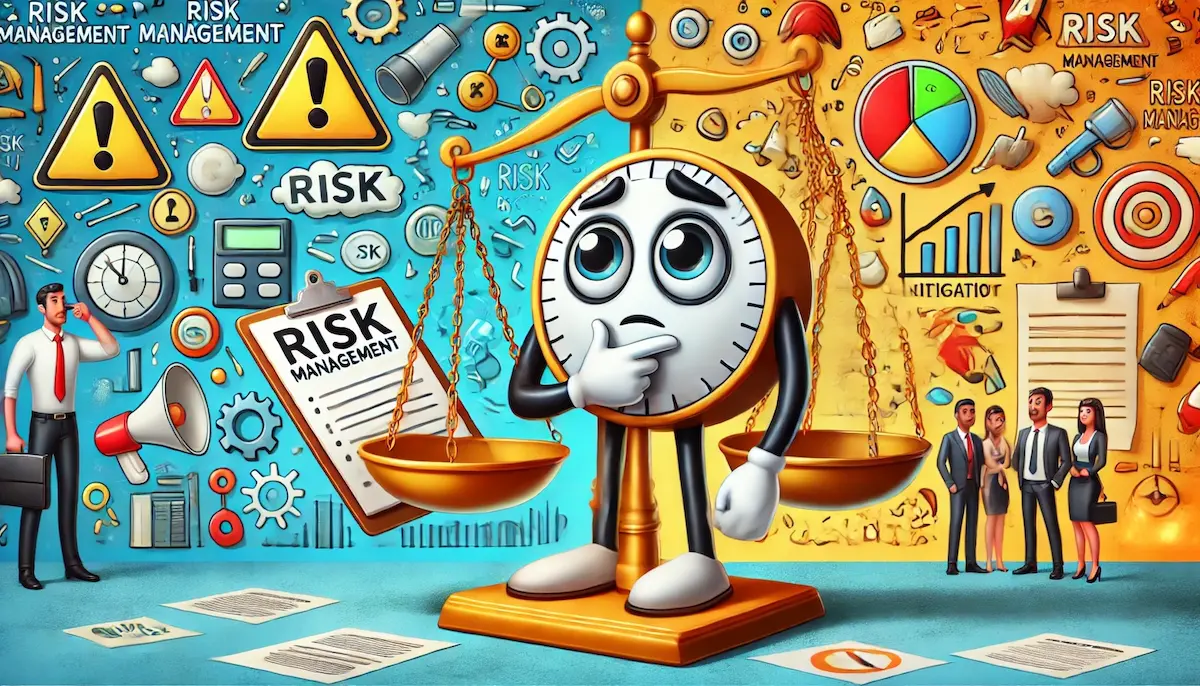Risk management is a crucial aspect of any organization’s strategy. It involves identifying, assessing, and prioritizing risks, followed by coordinated efforts to minimize, monitor, and control the probability or impact of unfortunate events. This article will explore the key elements of risk management, its importance, and the steps involved in implementing an effective risk management process.
What is Risk Management?
Risk management is the process of identifying potential risks in advance, analyzing them, and taking precautionary steps to reduce or curb the risk. It aims to protect an organization’s capital and earnings by anticipating potential threats and implementing measures to mitigate them.
Importance of Risk Management
Protects Resources and Reputation
Effective risk management helps protect an organization’s resources, including financial assets, human resources, and intellectual property. It also safeguards the organization’s reputation by preventing incidents that could harm its public image.
Enhances Decision Making
By understanding and managing risks, organizations can make more informed decisions. Risk management provides a framework for considering potential risks in strategic planning, leading to better outcomes.
Ensures Compliance
Many industries have regulations that require risk management practices. Compliance with these regulations helps organizations avoid legal penalties and maintain good standing with regulatory bodies.
Steps in Risk Management
1. Risk Identification
The first step in risk management is identifying potential risks that could affect the organization. This involves a thorough analysis of internal and external factors, including financial, operational, strategic, and compliance risks.
2. Risk Assessment
Once risks are identified, they need to be assessed to determine their potential impact and likelihood. This assessment helps prioritize risks based on their severity and the probability of occurrence. Risk assessment techniques include qualitative and quantitative analysis, such as risk matrices and probability-impact graphs.
3. Risk Mitigation
Risk mitigation involves developing strategies to reduce or eliminate the impact of identified risks. This can include risk avoidance, risk reduction, risk transfer (e.g., through insurance), and risk acceptance. The goal is to implement measures that will minimize the negative effects of risks on the organization.
4. Risk Monitoring and Review
Continuous monitoring and reviewing of risks are essential to ensure that risk management strategies are effective. This involves tracking identified risks, monitoring the effectiveness of mitigation measures, and identifying new risks as they arise. Regular risk assessments and audits help keep the risk management process dynamic and responsive to change.
5. Communication and Reporting
Effective communication and reporting are critical components of risk management. This includes keeping stakeholders informed about risk management activities, reporting on the status of identified risks, and ensuring that risk information is accurately documented and accessible. Transparent communication helps build trust and ensures that everyone understands their role in risk management.
Conclusion
Risk management is a vital process that helps organizations navigate uncertainties and protect their assets. By identifying, assessing, and mitigating risks, organizations can enhance their decision-making processes, ensure compliance, and safeguard their reputation. Implementing a robust risk management framework is essential for the long-term success and stability of any organization. Blockfine thanks you for reading and hopes you found this article helpful.
